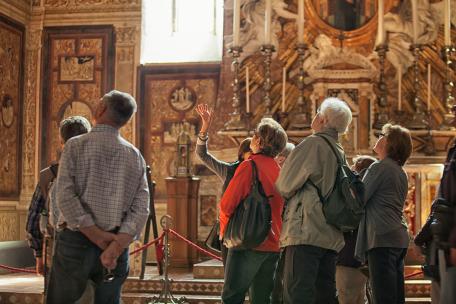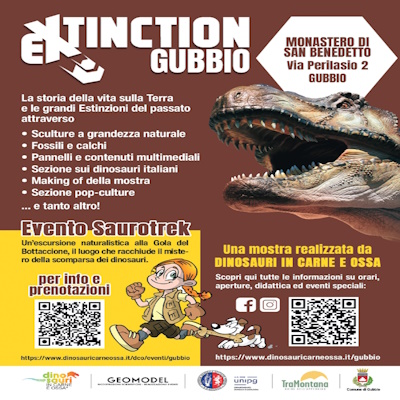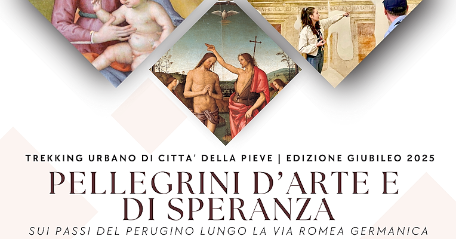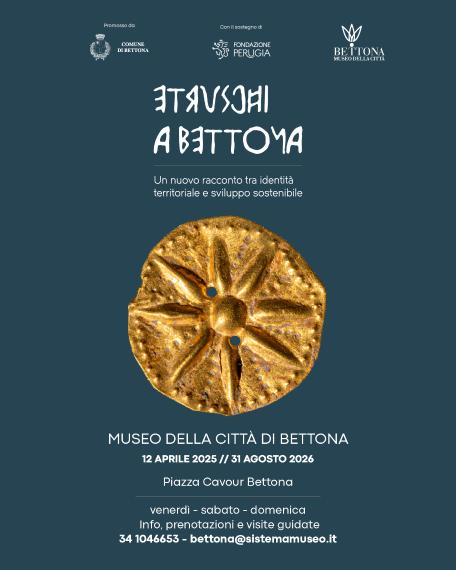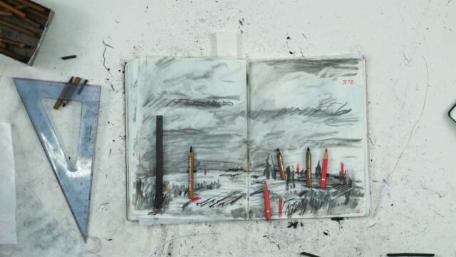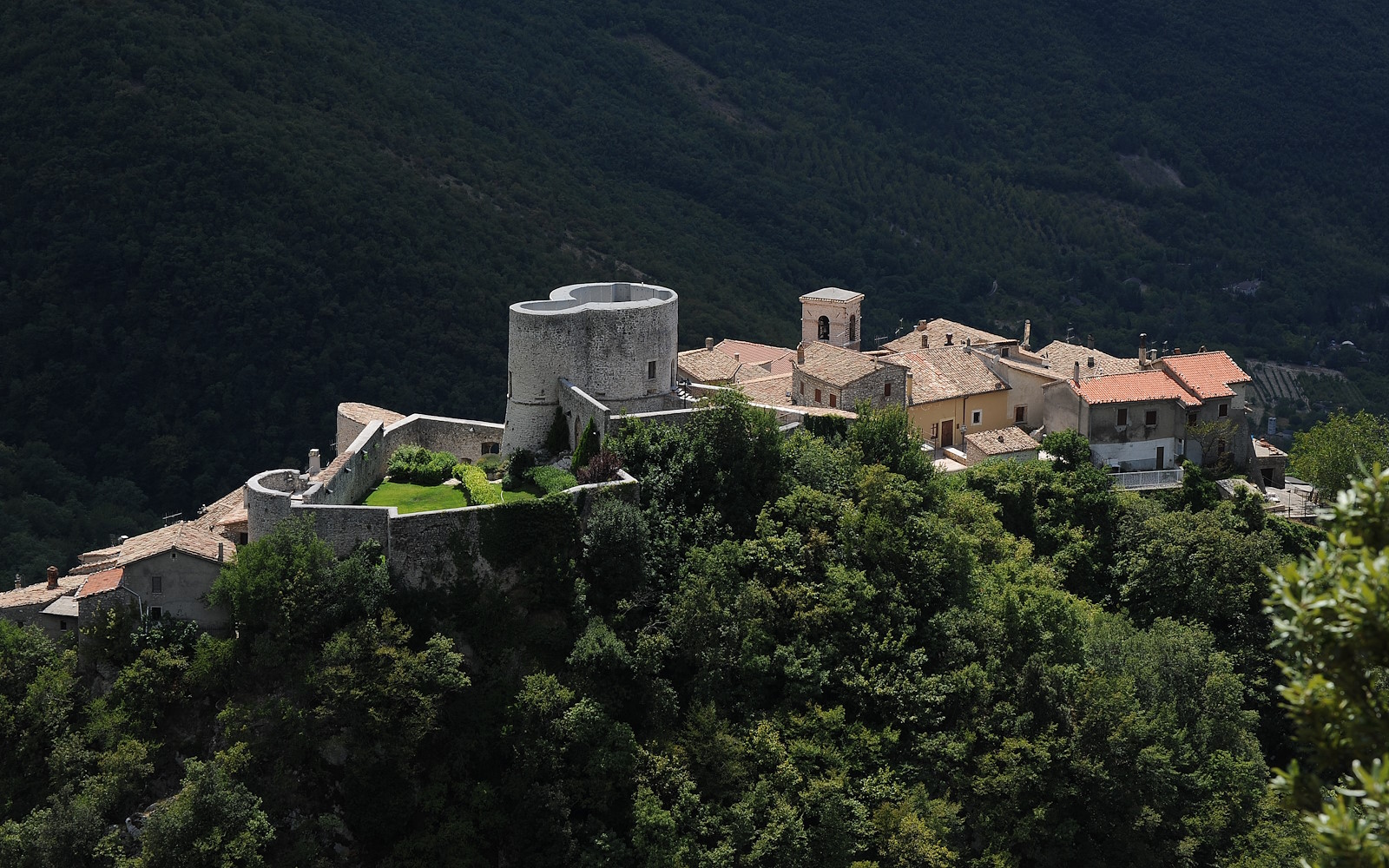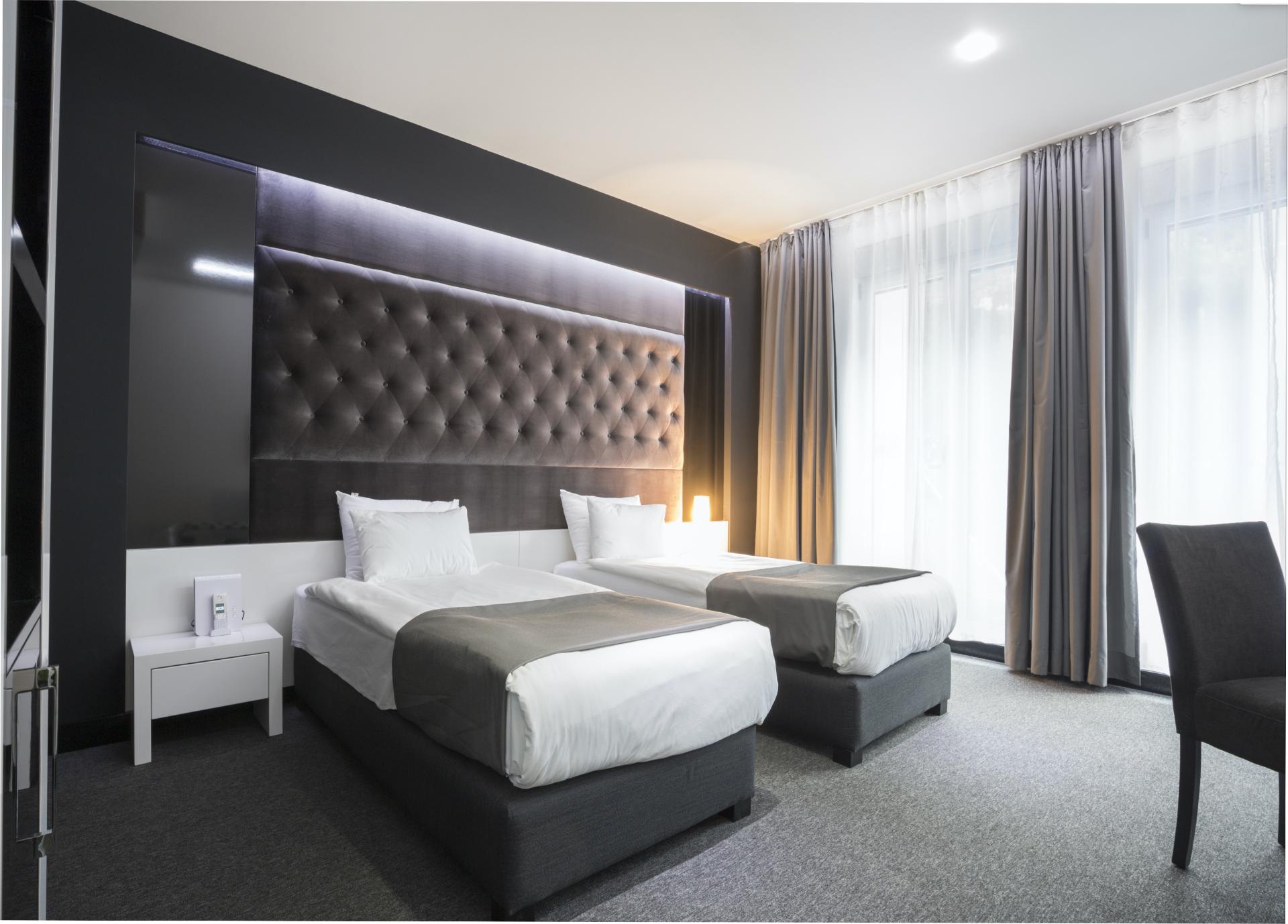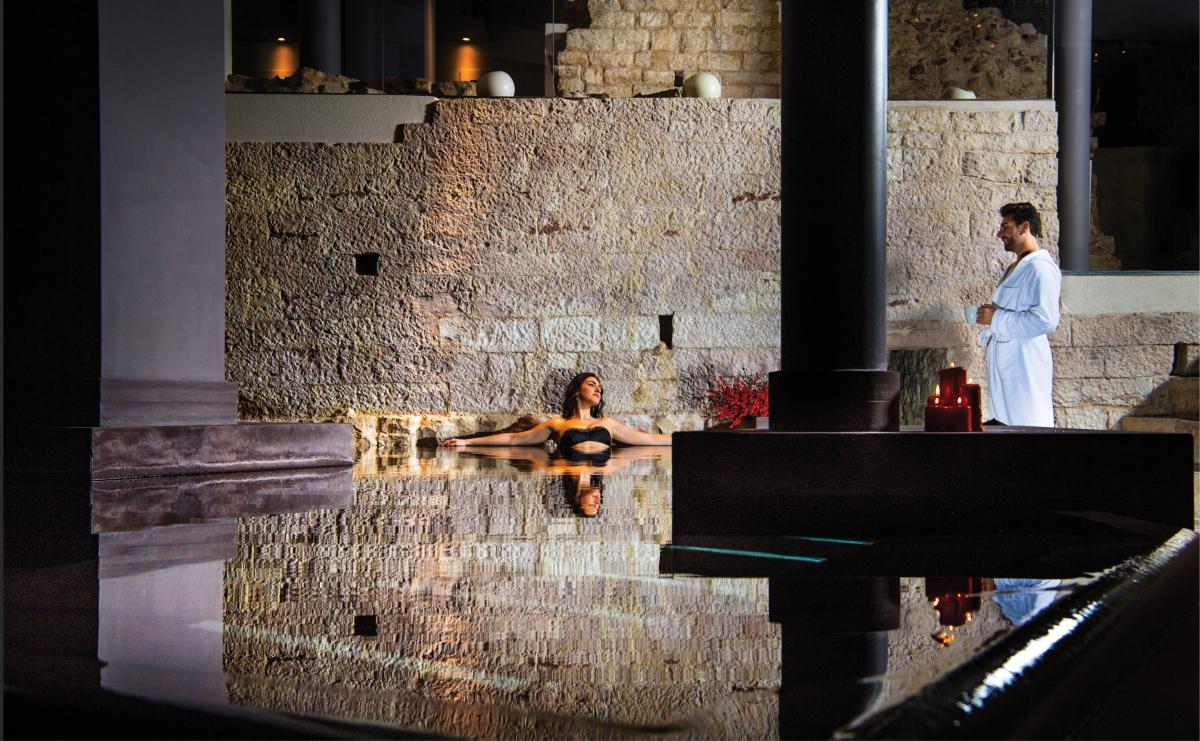History
Polino, the smallest municipality in Umbria, is a medieval village perched between Spoleto and Rieti, at the foot of Mount Petano. Founded in the 12th century by the Polini family, who gave it its name, the village became an important border fiefdom between the Kingdom of Naples and the Papal States. Its strategic position made it a crucial crossroads for the control of communication routes and local resources, such as the Rosso Ammonitico quarries (known locally as “marble”) and the iron and silver mines.
In 1248, Pope Innocent IV granted Polino to Spoleto, but in 1333 it was occupied by the troops of King Robert of Anjou of Naples. After a period of submission to Spoleto, in 1416 the fortress was bought by the Trinci family of Foligno, who installed a castellan and a small garrison there. Polino is also remembered for being a mint, where coins were struck using metals extracted from the local “Cava dell'Oro” (Gold Quarry), a recently rediscovered mine that adds a touch of mystery to its history.
The fortress, symbol of the village
The Rocca di Polino, built in the 12th century as a defensive stronghold, dominates the village from the top of a rocky spur. With its polygonal layout and two cylindrical towers positioned at opposite ends, the fortress is an example of medieval military architecture. Originally protected by a double ring of walls, of which visible traces remain today, the Rocca di Polino represents the historical and symbolic heart of Polino.
Art and Culture, between the Middle Ages and the Renaissance
The urban fabric of Polino, surrounded by medieval walls, retains the charm of the original medieval village. Strolling through its cobbled alleys, one encounters stone buildings, arches and portals that tell centuries of history.
Monumental Fountain: built in 1615 by Marquis Giambattista Castelli, the fountain is a masterpiece of late Mannerist art. Decorated with lion heads and mythological figures, it is fed by mountain springs and serves as a meeting point for the inhabitants of the village.
Church of San Michele Arcangelo: recently renovated, the church preserves elements from the 17th century, such as the baptistery, the stoup and the Altar of St. Joseph with the Death of St. Joseph altarpiece. Particularly noteworthy is a stone testifying to the donation of St Valentine’s body, made in the 17th century by Cardinal Orsini to the Castelli family.
The Secret of the Mountain
The mountains of Polino hide a little secret within their valleys, a treasure that combines geology and history in a fascinating narrative.
The Kamafugite of Polino. Umbria is characterised by small magmatic centres, the largest being the San Venanzo complex (Terni). However, even smaller centres, such as the Kamafugite outcrop of Polino, are of great scientific interest due to their unique composition and rare origin.
The Kamafugite of Polino consists of two small diatremes, volcanic conduits formed by violent phreatic explosions. The fragmented and pulverised material, ejected by the explosion, created a unique geological structure, visible in the limestone strata typical of the Umbrian Apennines.
The “Cava dell’Oro” (Gold Quarry). This particular geological setting gave rise to the “Cava dell'Oro”, a mining site of great historical importance. The quarry, located along the “Ferrare” axis that runs from Polino to Monteleone di Spoleto, was part of a network of iron and silver mines exploited by the Papal State.
Evidence of the mine's activity include some medals and coins forged with the minerals extracted from the Cava dell'Oro. Among these, a commemorative medal of Pope Clement XIII, minted in 1762, and the baiocco, a coin of the time, stand out.
The Museum-Workshop of the Umbrian Apennines
Housed inside the fortress, the "Sotto-Sopra" Museum-Workshop of the Umbrian Apennines, offers an interactive experience that narrates the geological and natural history of the region. Through exhibits and hands-on activities, the museum reveals the secrets of carbonate rocks, ammonite fossils and the formation of the Umbrian mountains.
Nature and Landscape
Polino is nestled in an extraordinary natural landscape, surrounded by mountains and valleys that offer breathtaking views. From Mount Petano, the panorama extends from the Valnerina to Greccio, Lake Piediluco, Rieti and Leonessa. To the north, one can admire Mount Aspra and Mount Coscerno, while to the east, one can see Monteleone di Spoleto.
For trekking enthusiasts, the surroundings of Polino offer numerous trails, perfect for exploring the unspoilt nature of the Umbrian Apennines. In winter, the area turns into a small ski resort, featuring a cross-country ski trail and some downhill slopes, ideal for beginners.










